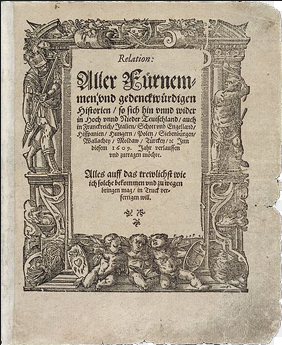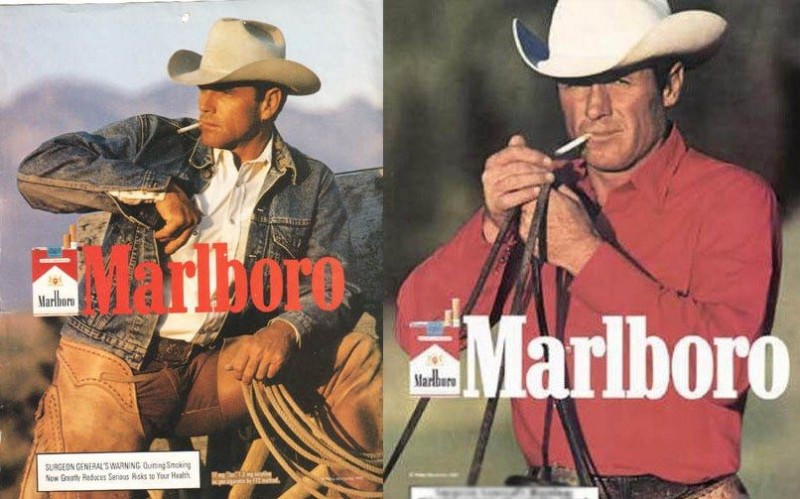Advertising is Old
Historians believe that advertising existed
in ancient Egypt 6000 years ago. Those include, for example, commercial billboards made of stone found in the ruins of Pompeii, or market barkers, people who advertised things and activities by calling out to people who were walking past. They used to move from market to market, offering their products for sale.
However, modern advertising began in the 17th century with the birth of the first daily newspaper 1650 in Leipzig. Finally, there was a suitable medium for the distribution of advertising. In addition to the advertising in newspapers special advertising newspapers in which merchants could describe their goods for a definite fee appeared.

These newspapers were under the state control due to which the state earned a lot. In order to earn even more money, King Friedrich Wilhelm I completely banned advertising in daily newspapers. It was not until 1850, after the introduction of press freedom, that daily newspapers were allowed to print advertising material.
In the second half of the 19th century, advertising changed. In the beginning, the ads had more descriptive character, from 1870 they were always imaginative. Advertising began to address special social classes. Today, this is called target group advertising. It was the first boom in the advertising industry.
The classified section took up more and more space in the newspapers, and the proportion of recent reports or news grew smaller and smaller. By 1900, in some major cities, newspapers were up to 80% filled with advertising.

At the turn of the century, companies such as Maggi and Nivea launched major advertising campaigns to establish their products as brands. From these early promotions of industry the famous brand names are still often equated with product names (Nivea = skin cream, Maggi = spices).
During this time the companies tried for the first time to arouse the consumers’ wishes. Advertising not only presented the product in beautiful pictures, but also wanted to convince the consumers that they really needed the product.
Later consumers were provoked to buy by deceiving. The product came with dreams and desires that came true at the time of purchase.
Advertising began to play with people's dreams.
10 Interesting Facts About Advertising
1. More than $500 billion a year is spent on advertising worldwide.
2. Over $15 billion a year is spent in advertisements directed toward children in the USA.
3. A York University study revealed that american pharmaceutical companies spend twice as much on advertising as they do on research.
4. Ice cubes in beverage advertisements are usually made of acrylic so they won’t melt under hot photography lights or move around. Bubbles are made by adding detergent, water is added so light will filter through better.
5. Many researchers argue that advertising is the most powerful art form on Earth.
6. TV commercials during Super Bowl XLV in 2011 are estimated to have cost $3 million for a 30-second spot.
7. The first American magazine advertisement appeared in Benjamin Franklin’s General Magazine in 1742.
8. In advertisements for children, child actors are usually older than the target audience. For example, a commercial for 8-year-olds will show 11-year-old models playing with an 8-year-old toy. Advertisers use older children as role models, as an image of what younger children will want to be like.
9. A study found that the best strategy for advertisers trying to persuade a skeptical audience is to leave out facts and focus more on emotional ads.
10. The famous Marlboro Man ads began in 1955. Three men who appeared in the advertisements later died of lung cancer, earning the brand the nickname “Cowboy Killer.”

 uk
uk en
en



